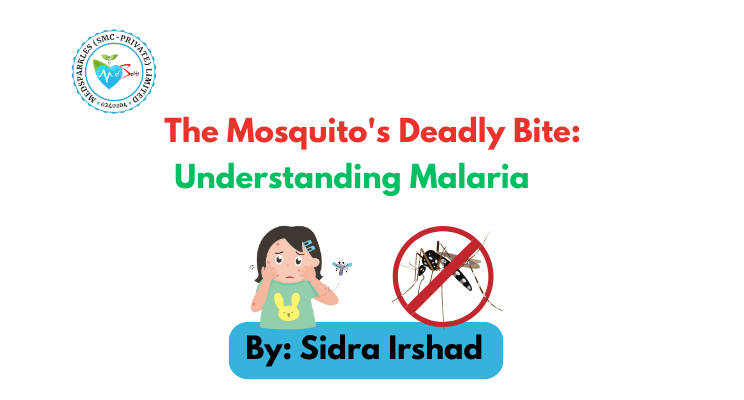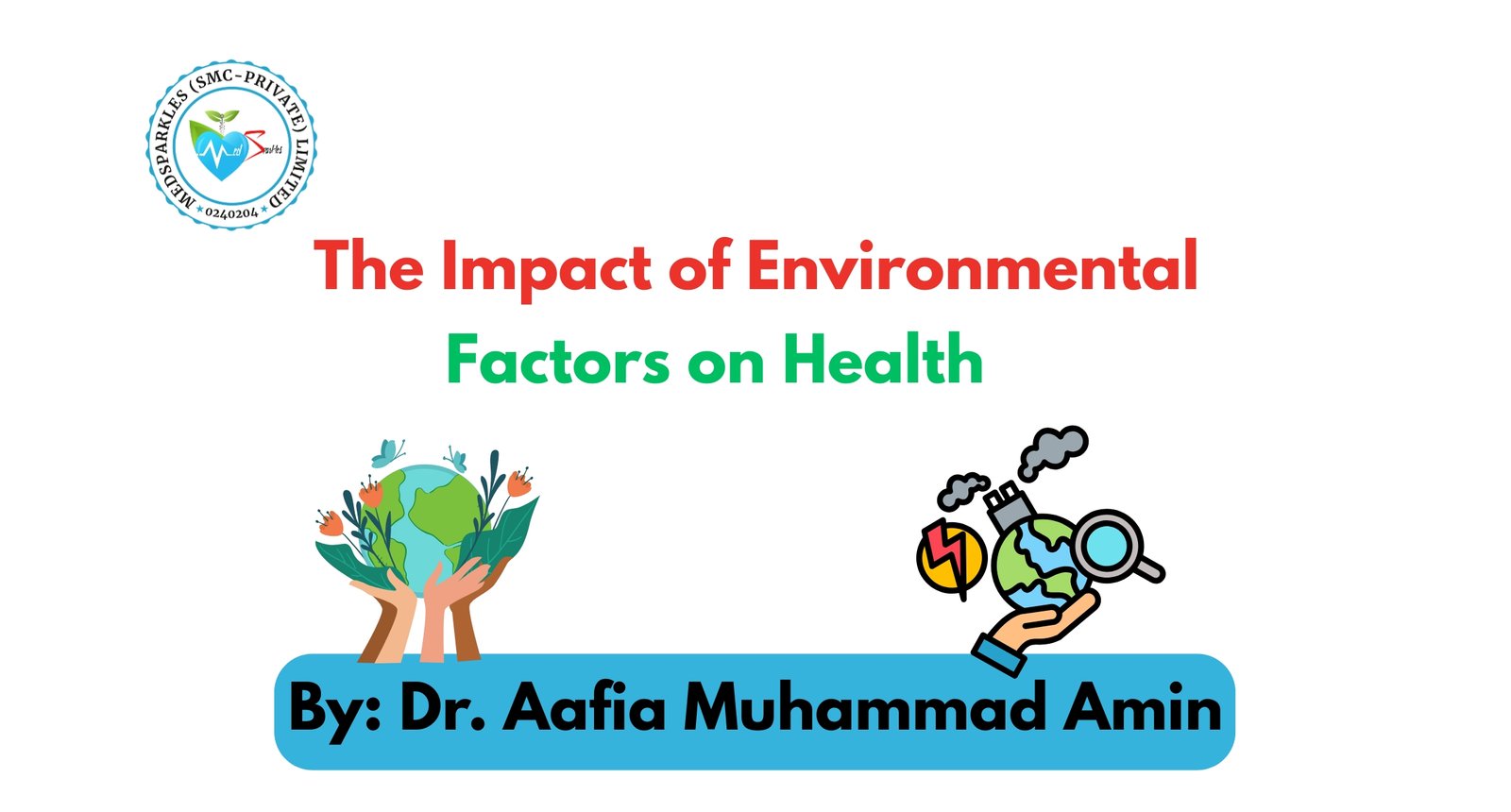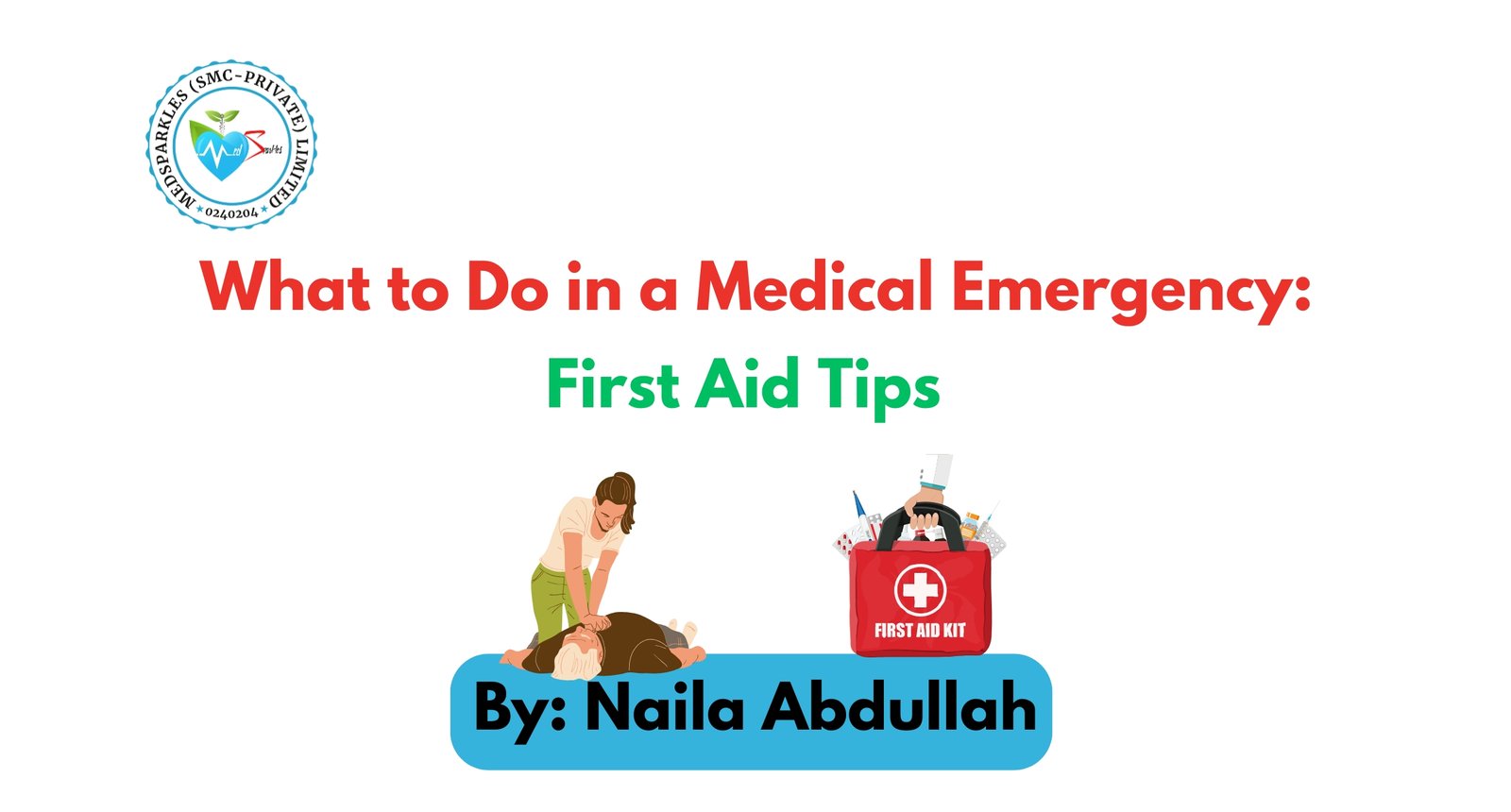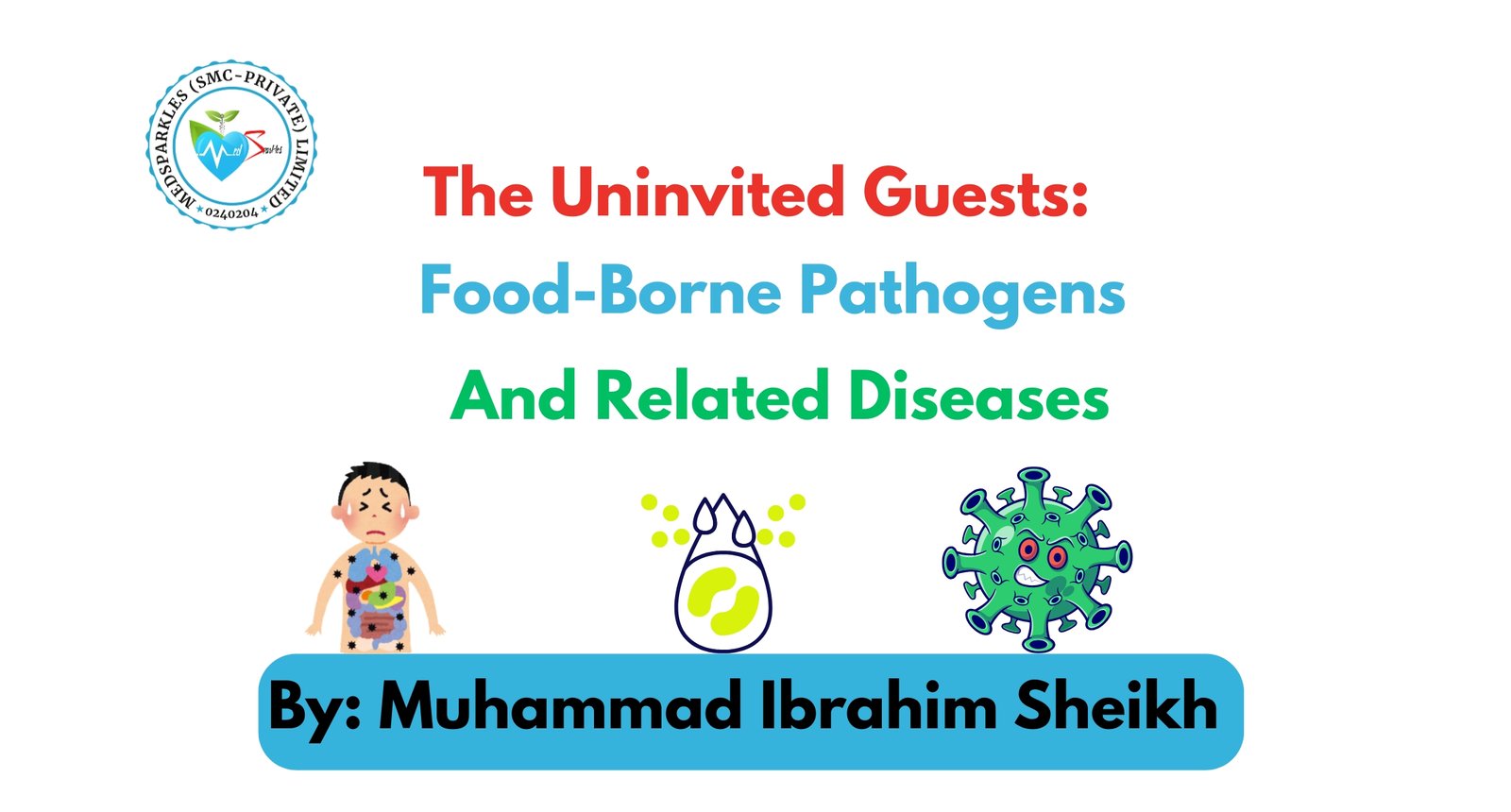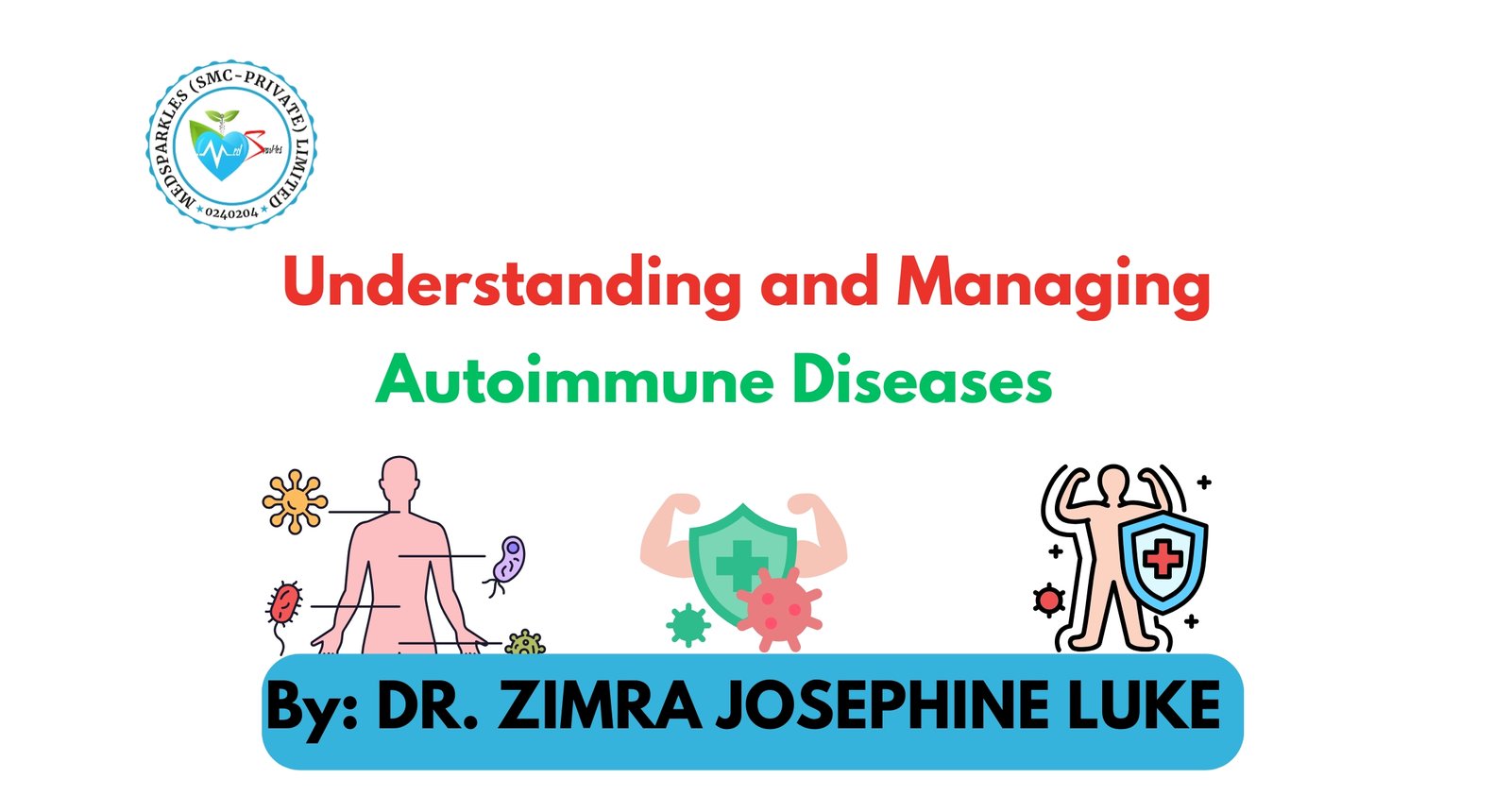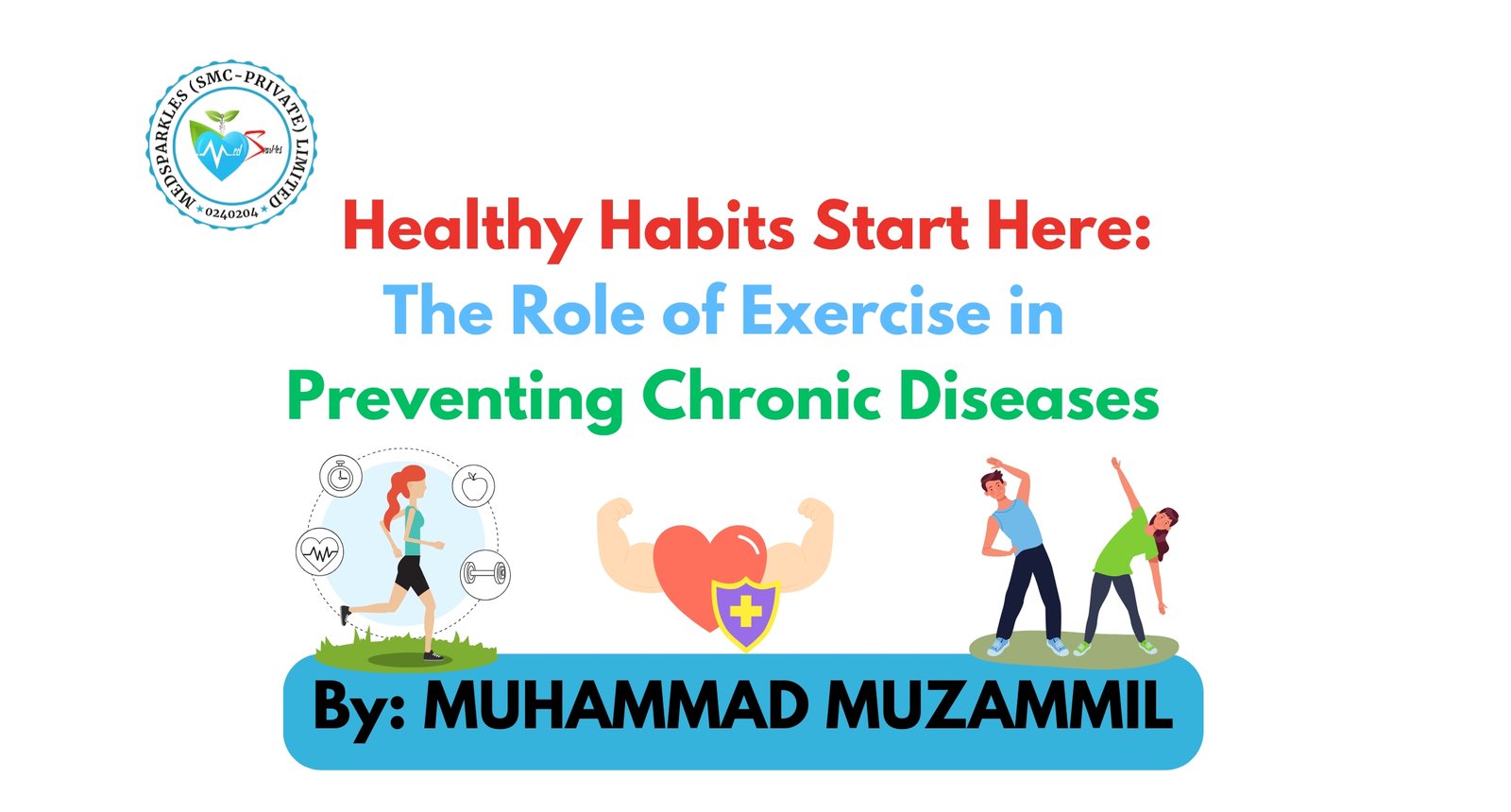Malaria remains one of the most serious and life-threatening infectious diseases worldwide, particularly affecting tropical regions. It is caused by a parasite transmitted to humans through the bite of infected female Anopheles mosquitoes. Malaria is preventable and curable, yet millions of cases continue to occur each year, posing significant health challenges.

What is Malaria?
Malaria is an illness caused by single-celled parasites of the genus Plasmodium. These parasites enter the human bloodstream through mosquito bites and infect liver cells, eventually invading red blood cells. Five main species infect humans: Plasmodium falciparum, P. vivax, P. ovale, P. malariae, and P. knowlesi. Among these, P. falciparum is the most dangerous and is responsible for the majority of malaria-related deaths.
Causes of Malaria:
The primary cause of malaria is the bite of an infected female Anopheles mosquito, which injects Plasmodium parasites during feeding. Once inside the human body, the parasites travel first to the liver, where they mature, then enter the bloodstream to infect red blood cells, leading to illness.
Although mosquito bites are the main transmission method, malaria can also be transmitted through:
- Blood transfusions
- Organ transplants
- Shared needles or syringes
- Congenital transmission from mother to unborn child during pregnancy or delivery.
Symptoms of Malaria:
Malaria symptoms typically manifest within 10-15 days following the infective mosquito bite. Early signs include:
- Fever often accompanied by chills and sweating
- Headache
- Muscle aches
- Fatigue and tiredness
- Nausea and vomiting

As the disease progresses, symptoms can become severe, especially in children, pregnant women, and immunocompromised individuals. Severe malaria symptoms include:
- Extreme fatigue and weakness
- Impaired consciousness or confusion
- Multiple convulsions or seizures
- Difficulty breathing
- Dark or bloody urine (sign of kidney involvement)
- Jaundice (yellowing of skin and eyes)
- Abnormal bleeding
If untreated, severe cases can result in coma or death.
Management and Treatment of Malaria:
Early diagnosis and prompt treatment are critical to curing malaria and preventing severe disease. Diagnosis utilizes microscopic examination of blood smears or rapid diagnostic tests detecting parasite antigens.
The preferred treatment for P. falciparum malaria is artemisinin-based combination therapy (ACT), which combines medicines from different classes to effectively clear parasites. Treatment varies based on malaria species and severity, but typically involves:
- Oral antimalarial drugs (e.g., ACTs)
- Intravenous medication for severe cases
- Supportive care, including hydration and managing complications
Prevention strategies include insecticide-treated mosquito nets, indoor residual spraying, and antimalarial prophylaxis for travelers.
Global Impact:
Malaria remains a major health burden globally, with the World Health Organization reporting over 263 million cases and approximately 597,000 deaths in 2023 alone. The African region bears the highest burden, accounting for 94% of cases and 95% of deaths, especially among children under five years old.
Conclusion:
Malaria is a preventable and treatable infectious disease caused by Plasmodium parasites transmitted mainly through infected mosquito bites. Early diagnosis, appropriate treatment, and effective prevention measures are essential to reducing its severe health impacts. Despite global efforts, malaria continues to pose a significant health challenge, especially in tropical regions, underscoring the need for sustained control and eradication strategies.
‘‘If you think you are too small to make a difference, try avoiding preventive measures to get rid of mosquitoes’’
Frequently Asked Questions:
What causes malaria?
Malaria is caused by Plasmodium parasites transmitted to humans through the bite of infected female Anopheles mosquitoes. It can also be spread via blood transfusions, organ transplants, shared needles, and from mother to unborn child.
What are the common symptoms of malaria?
Common symptoms include fever, chills, headache, muscle aches, fatigue, nausea, and vomiting. Severe cases can lead to seizures, breathing difficulties, jaundice, or coma.
How is malaria diagnosed?
Malaria is diagnosed by microscopic examination of blood smears or using rapid diagnostic tests that detect parasite antigens.
What treatments are available for malaria?
The main treatment for malaria, especially P. falciparum, is artemisinin-based combination therapy (ACT). Severe malaria may require intravenous medication and supportive care such as hydration.
How can malaria be prevented?
Preventive measures include using insecticide-treated mosquito nets, indoor spraying with insecticides, and taking antimalarial prophylactic medication when traveling to high-risk areas.
Who is most at risk of severe malaria?
Children under five years, pregnant women, and individuals with weakened immune systems are at the highest risk of severe malaria and related complications.
Where is malaria most common?
Malaria is most prevalent in tropical regions, with the African continent bearing the highest burden of malaria cases and deaths globally.
References:
